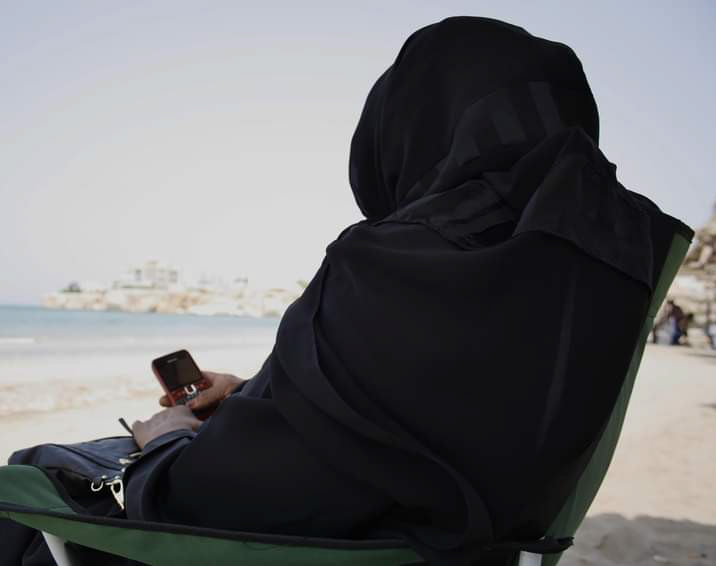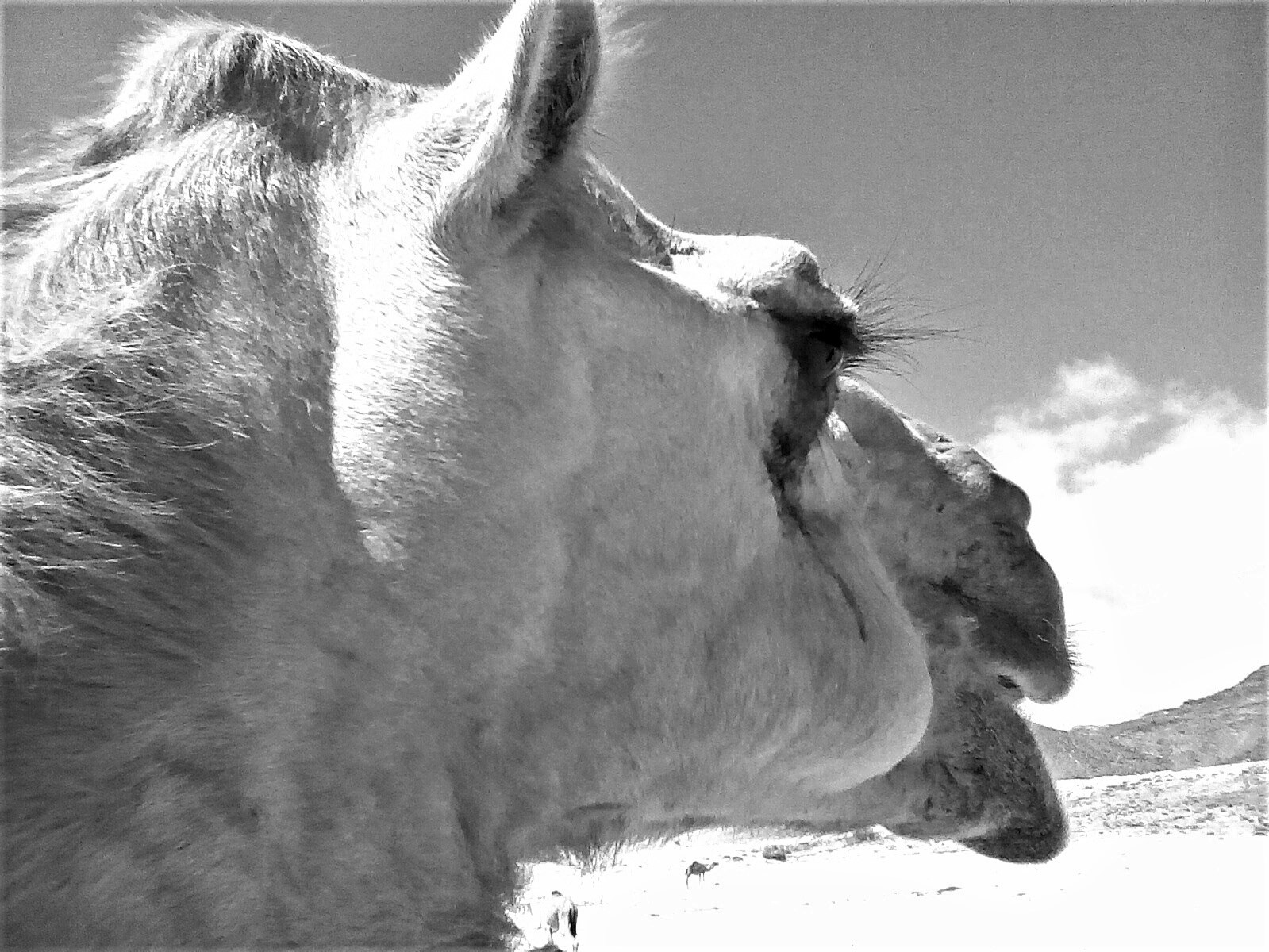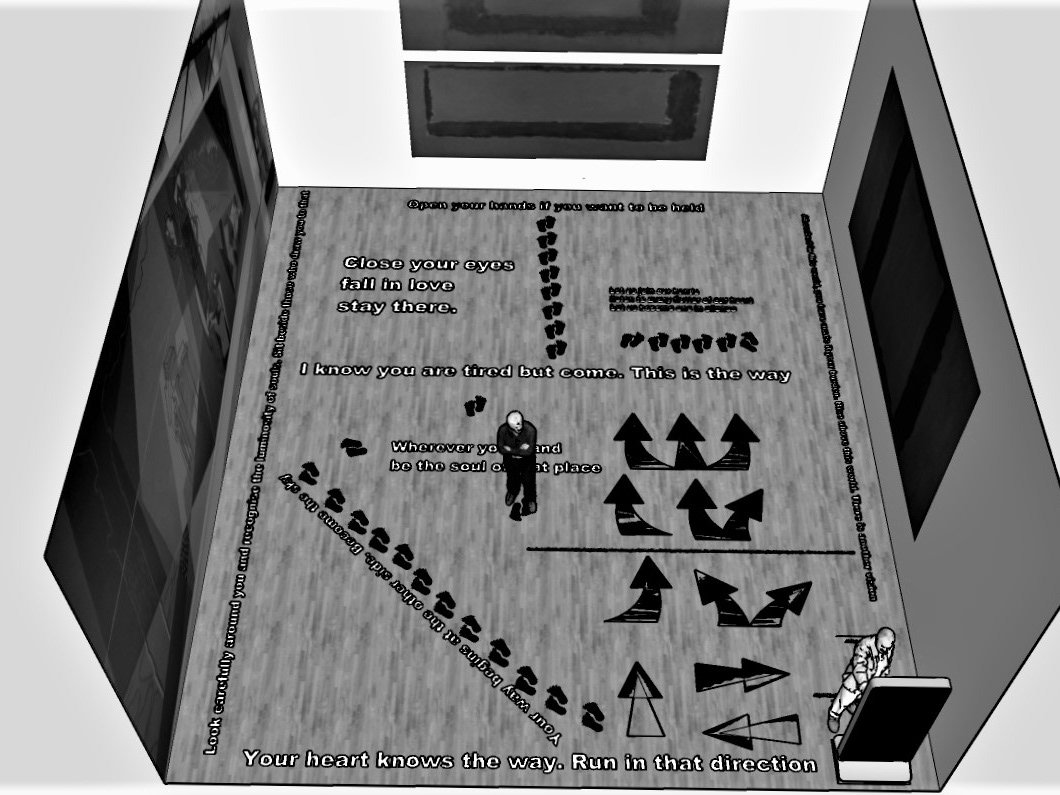Making A Distinction- Terms and Practices
Veil
"A veil is an article of clothing or hanging cloth that is intended to cover some part of the head or face, or an object of some significance. Veiling has a long history in European, Asian, and African societies. The practice has been prominent in different forms in Judaism, Christianity, and Islam. The practice of veiling is especially associated with women and sacred objects, though in some cultures it is men rather than women who are expected to wear a veil. Besides its enduring religious significance, veiling continues to play a role in some modern secular contexts, such as wedding customs".
Source: Wikipedia
Hijab
"A hijab is a veil worn by most Muslim women in the presence of any male outside of their immediate family, which usually covers the head and chest, and sometimes the face. The term can refer to any head, face, or body covering worn by Muslim women that conforms to Islamic standards of modesty. Hijab can also refer to the seclusion of women from men in the public sphere, or it may denote a metaphysical dimension, for example referring to "the veil which separates man, or the world, from God".
In the Qur'an, hadith, and other classical Arabic texts the term khimār (Arabic: خِمار) was used to denote a headscarf, and ḥijāb was used to denote a partition, a curtain, or was used generally for the Islamic rules of modesty and dress for females.
In its traditional form, it is worn by women to maintain modesty and privacy from unrelated males. According to the Encyclopedia of Islam and Muslim World, modesty in the Quran concerns both men's and women's "gaze, gait, garments, and genitalia". The Qur'an instructs Muslim women to dress modestly. Some Islamic legal systems define this type of modest clothing as covering everything except the face and hands up to the wrists. These guidelines are found in texts of hadith and fiqh developed after the revelation of the Qur'an but, according to some, are derived from the verses (ayahs) referencing hijab in the Qur'an. Some believe that the Qur'an itself does not mandate that women wear hijab".
My Project
“Unity Through Diversity”
My project explores and attempts to address some of the difficulties, ignorances, stereotypes surrounding issues of exclusion of certain ethnic minorities (I focus on the application of social cohesion with regards to minority groups such as immigrants, women. And the wider repercussions on Muslims and other minorities in Britain, and those affecting women such as islamophobia and image representation).
In my artwork, I use image and text as predominate tools to subvert the systematic application of power mapping tools by certain agencies to reinforce a message of exclusion of Muslims and minorities through negative stereotyping and doubting their allegiances to British society.
I also aim to highlight the myth of a truly multicultural Britain by asking the audience to participate in questionnaires and workshops. I will be asking the questions: What is your personal knowledge/view of Islam and British Muslims in contemporary Britain?! And what is the source of that knowledge and view?!
The project I am about to propose, makes up but a thread in the very challenging topic of ‘Muslim Women and The Veil(Hijab)’. The story of Muslim women and veiling has long been a controversial one especially in non-Muslim societies. For most Muslim women, the Hijab is a symbol of purity, a part and parcel of their religious freedom and equality but what are some of the reasons for the opposition to the face covering veil in the world today?
There are three main topics:
1. It is oppressive to women.
2. It is traditional and doesn’t fit in with modernity.
3. It has been associated with terrorism.
In Recent years, the veil issue has become part of a wider debate on multiculturalism in Europe and raised questions whether, in fact multiculturalism promotes social cohesion or is it an outdated model for society that ought to be replaced with terms and policies for diversity?
but what does this mean for the veil and veiled women?
"In an effort by politicians for a so called greater assimilation of ethnic and religious minorities, actual laws were introduced to ban Muslim Women from wearing the full veil in public). Some of the European countries which introduced a partial or full states ban on the full veil or the face covering veil (Niqab, Burka) are:
Germany, Austria, France, Belgium, The Netherlands, Italy, Spain, Turkey, Denmark, Russia, Switzerland and Bulgaria. According to a YouGov poll in August 2016 Some 57% of the British public support a burka ban in the UK".
https://www.bbc.co.uk/news/world-europe-13038095
Image and Text for Diversity
Aims
• Use visual Art ( both text and image) displayed in outdoors locations across central London to invite the public to start a conversation about this issue of veiling and unveiling.
•
• To question the human rights or lack of for women who are banned from wearing the veil in public.
• To challenge the stereotypes of beauty, gender and female equality.
• To give representation and voice to Muslim women who chose to wear the veil in Public on grounds of ethnic diversity, human rights and religious freedom.
• To question and challenge the integrity of laws which on one hand mandate face covering during Covid-19 pandemic but otherwise outlaw Muslim women from face covering in public.
• Celebrate photography as a medium for liberation and inclusion as well as the possible new roles of technology in demystifying and subverting stereotypes surrounding the ‘other’.
Presence and Legancy
1. Online Presence and Legacy- (www.allidentities.com)- under construction for this ongoing public art project.
-plural- identities-
Definition of identity-
“1a: the distinguishing character or personality of an individual : INDIVIDUALITY
b: the relation established by psychological identification
2: the condition of being the same with something described or asserted
establish the identity of stolen goods
3a: sameness of essential or generic character in different instances
b: sameness in all that constitutes the objective reality of a thing : ONENESS
4: an equation that is satisfied for all values of the symbols”.
-plural- identities-
Definition of identity-
“1a: the distinguishing character or personality of an individual : INDIVIDUALITY
b: the relation established by psychological identification
2: the condition of being the same with something described or asserted
establish the identity of stolen goods
3a: sameness of essential or generic character in different instances
b: sameness in all that constitutes the objective reality of a thing : ONENESS
4: an equation that is satisfied for all values of the symbols”.
2. Use of QR Codes on physical digital display screens on chosen locations linking audiences to the online presence of the work.
3. Social Media: Facebook, Instagram, You tube, Blog- all with links to and from www.allidentities.com
4. Physical Display.
Physical Display
• Central locations within towns and cities. For example- London: Oxford Street, Leicester Square or Piccadilly Circus.
• Utility: Digital media display screens or multimedia touch screens into wall mounting or floor standing silent displays.





